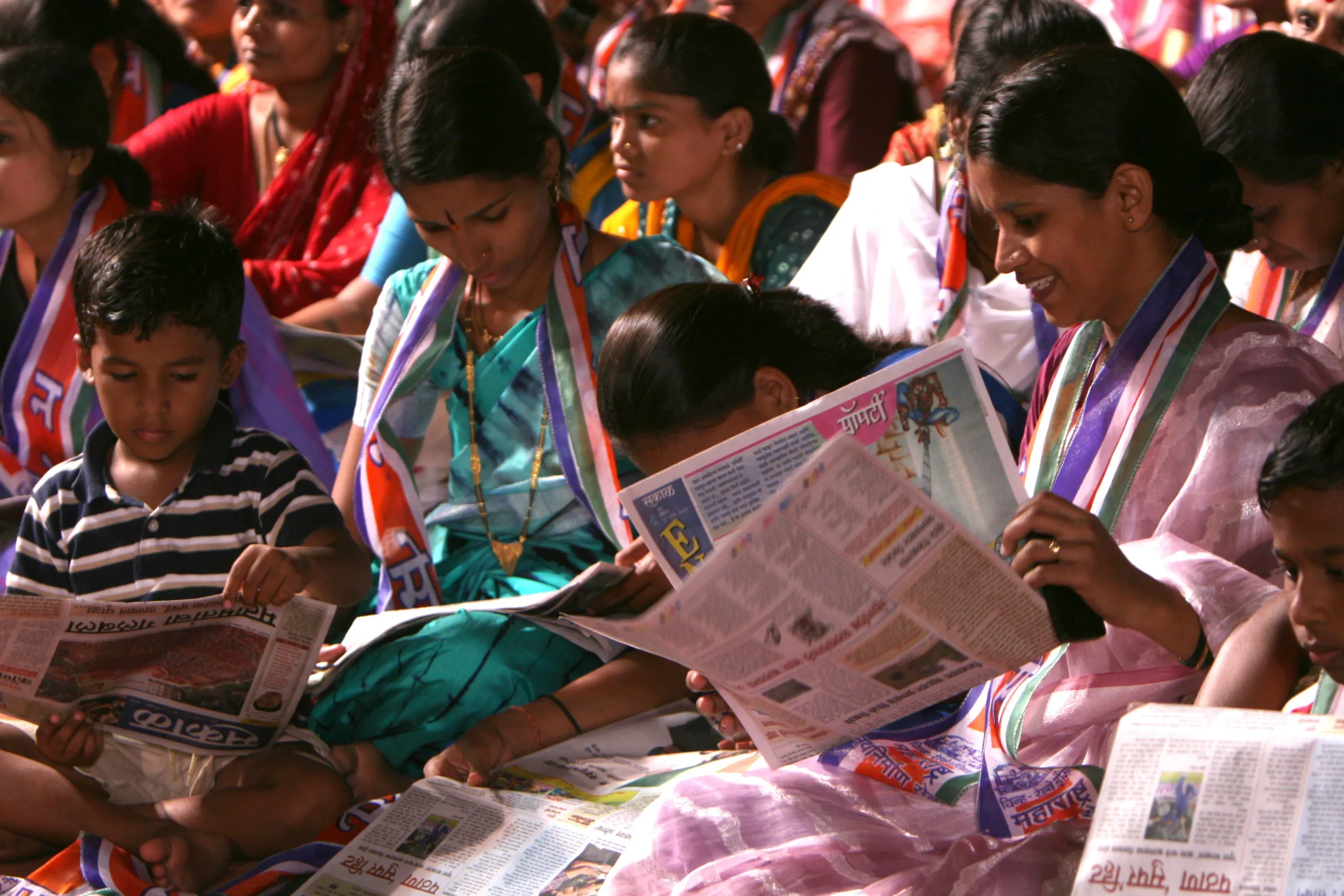In recent years, the conversation around women’s representation in legislative bodies across the globe has gained momentum. India, with its rich tapestry of cultures and complexities, presents a unique scenario in this regard. Despite being one of the largest democracies in the world, the representation of women in India’s legislative bodies remains a pressing issue. This article delves into the current status of women’s representation in India’s legislative bodies, the challenges faced, and prospects for enhancing women’s participation in Indian politics. what is the status of women’s representation in India’s legislative bodies
Historical Context
Historically, women in India have played significant roles in social and political movements, yet their representation in formal political structures has been limited. The Indian Constitution, adopted in 1950, guaranteed equality and the right to vote to all citizens, regardless of gender. However, the actual participation of women in politics has been considerably low.
In the early years post-independence, women’s representation was primarily confined to the margins. Over the decades, various socio-political movements and the rise of women leaders, such as Indira Gandhi, began to pave the way for greater involvement. Nonetheless, systemic barriers and societal norms continued to restrict women’s access to political power.
Current Status of Women’s Representation
As of now, women hold approximately 14% of the seats in the Lok Sabha, India’s lower house of Parliament, and about 11% in the Rajya Sabha, the upper house. While these numbers represent an increase from previous decades, they are still significantly below the global average of around 25%. The representation of women in state legislative assemblies varies, with some states demonstrating better outcomes than others.
The 73rd and 74th Constitutional Amendments in 1992 were pivotal, as they reserved 33% of seats for women in local self-governance bodies (panchayati raj institutions). This policy has had a positive impact at the grassroots level, resulting in an increase in women’s participation in politics. However, the leap from local governance to national and state levels remains stark.
Challenges to Women’s Representation
Several challenges hinder women’s representation in India’s legislative bodies:
- Societal Norms and Gender Stereotypes: Traditional gender roles continue to dictate women’s place in society. The perception of politics as a male domain often dissuades women from seeking political office.
- Political Party Dynamics: Political parties play a crucial role in determining candidate selection. Many parties lack a commitment to promoting women, and the absence of a clear policy for women’s representation often results in tokenism rather than genuine empowerment.
- Economic Barriers: The financial implications of campaigning and running for office can be prohibitive. Women, who often have less access to resources, face significant hurdles in financing their political aspirations.
- Violence and Intimidation: Women in politics frequently encounter threats and violence, which can deter potential candidates from entering the fray. This atmosphere of intimidation not only affects individual candidates but also perpetuates a culture of exclusion.
- Lack of Support Systems: Women often lack mentorship and support networks that are crucial for navigating the political landscape. This gap hinders their ability to build the necessary skills and confidence to pursue leadership roles.
Legislative Measures and Initiatives
To address these challenges, several initiatives have been proposed and implemented. The most notable among these is the Women’s Reservation Bill, which seeks to reserve 33% of seats in the Lok Sabha and state legislative assemblies for women. Although the bill has faced numerous hurdles and delays in passing, it has generated significant debate and raised awareness about the need for greater representation.
Various state governments have also introduced schemes and policies aimed at empowering women in politics. Training programs, awareness campaigns, and financial incentives for women candidates are steps toward creating a more inclusive political environment.
The Way Forward
Enhancing women’s representation in legislative bodies requires a multi-faceted approach:
- Policy Commitment: Political parties must commit to promoting women candidates and ensuring equitable representation at all levels. This could include implementing internal quotas and providing resources for women aspirants.
- Empowerment Programs: Initiatives that focus on skill development, leadership training, and political education for women can help bridge the confidence gap.
- Supportive Environment: Creating an environment free from violence and intimidation is crucial for encouraging women to participate in politics. Strengthening legal frameworks to protect women in politics is essential.
- Community Engagement: Mobilizing communities to challenge gender stereotypes and support women in leadership roles can transform societal perceptions.
- Awareness and Advocacy: Raising awareness about the importance of women’s representation can drive public support for policies and initiatives aimed at increasing participation.
Conclusion
The status of women’s representation in India’s legislative bodies reflects both progress and persistent challenges. While strides have been made, the journey toward equitable representation is far from over. By addressing systemic barriers and fostering an environment that empowers women, India can harness the potential of its women leaders, ultimately enriching its democratic process and ensuring that women’s voices are heard in the corridors of power. The time for change is now, and it requires collective action from all stakeholders to transform the political landscape for future generations. In summary, understanding what is the status of women’s representation in India’s legislative bodies is crucial for building a more equitable and representative democracy.




